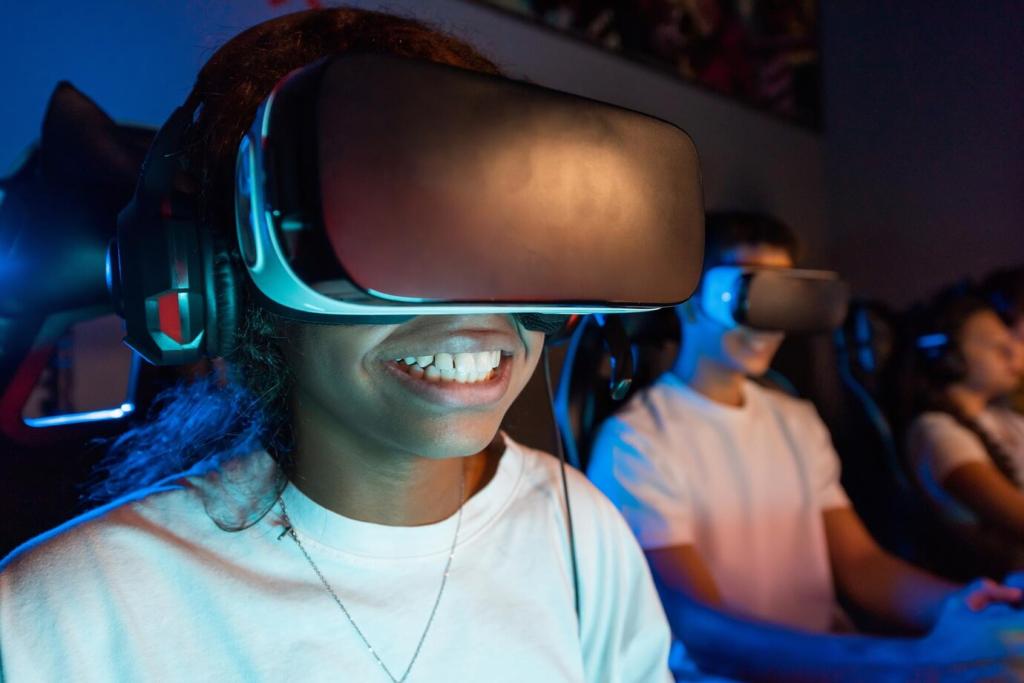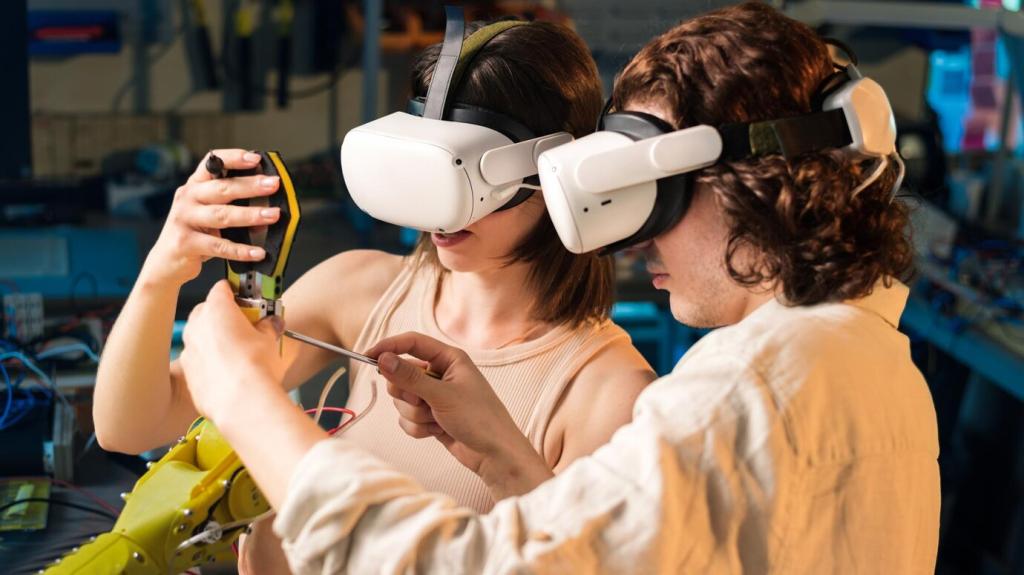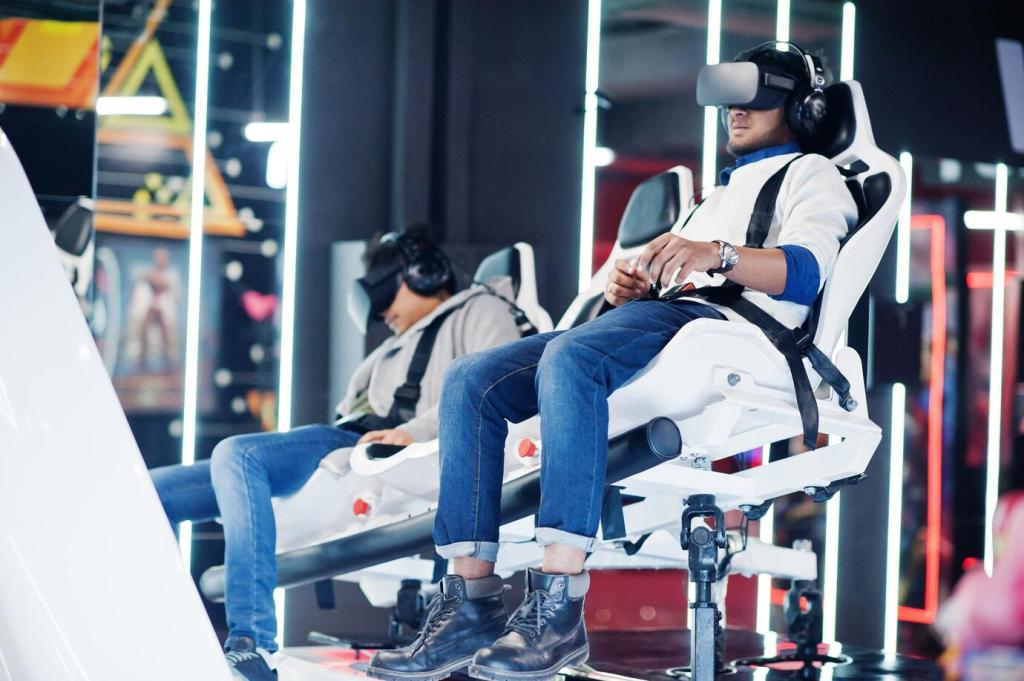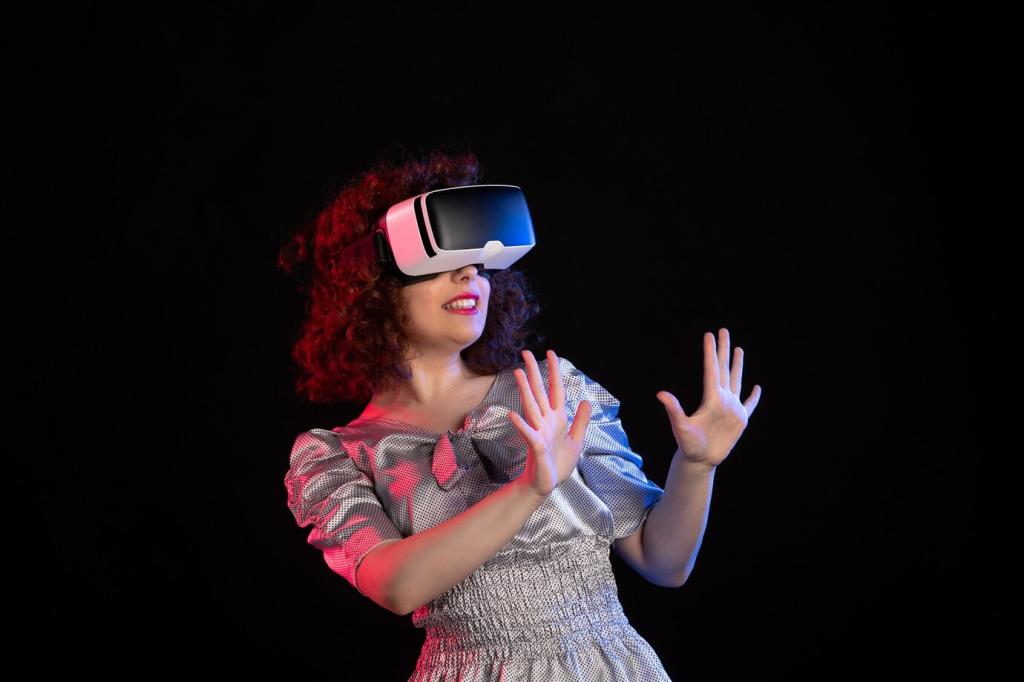Smart Living, Smarter Learning: Machine Learning in Home Automation
Chosen theme: Machine Learning in Home Automation. From thermostats that anticipate comfort to lights that respond to mood, we explore how models turn houses into companions. Join our curious community, share your experiments, and subscribe for hands-on ideas delivered weekly.

How Machine Learning Elevates Everyday Automation
Teaching devices with data: supervised, unsupervised, and reinforcement
Supervised models learn from labeled examples, like temperature paired with comfort ratings. Unsupervised clustering groups preferred lighting scenes across evenings. Reinforcement learning tweaks blind positions to balance glare and warmth through seasons. Which approach intrigues you most? Tell us below.


Sensing the home: signals you already have
Motion sensors hint at occupancy, microphones capture wake words, and plugs track subtle power signatures. Even humidity curves reveal shower routines. Start by logging signals you already own, then ask: which patterns deserve a smart, data-driven nudge? Share your shortlist with us.
Starter Projects You Can Build This Weekend
Predictive thermostat using lightweight regression
Collect indoor temperature, outdoor weather, and occupancy flags. Train a simple linear or gradient-boosted model to pre-heat only when needed. Start conservative, validate comfort, then tighten schedules. Post a graph of predicted versus actual temperature to inspire fellow builders.
Intent classification for voice-triggered routines
Record sample phrases like “movie time” or “focus mode.” Use a small classifier to map expressions onto scenes. Keep it on-device for privacy and speed. Invite family members to add examples. Which quirky phrase became your home’s favorite shortcut? Tell us.
Appliance anomaly detection from energy signatures
Log power usage from smart plugs, then learn typical cycles for devices like fridges or pumps. Simple deviation metrics flag early faults. Set a gentle notification, not an alarm. Share your threshold settings and any false positives to help refine community best practices.
Stories from a Learning Home
After a week of logging power spikes, a tiny model learned my tea schedule. One rainy afternoon it messaged, “Water’s hot—want lemon or mint?” I laughed aloud. It wasn’t magic, just patterns. What ritual would you love your home to anticipate?
Stories from a Learning Home
We mapped on-device audio features—no recordings saved—to detect lively conversation versus calm reading. Warm dim scenes eased late nights, while cheerful brightness greeted game nights. The kids named it “House Mood.” Would your living room choose jazz, or hush? Share your vibe.


Privacy, Safety, and Trust by Design

Federated and on-device learning to protect moments
Whenever possible, train small models locally and share only gradients or summaries when collaboration helps. No raw clips, photos, or conversations leave home. Clear dashboards show what is learned. How far will you push on-device learning? Share your constraints and creative workarounds.

Bias and consent in multi-person households
A model that learns one person’s preferences can accidentally overrule others. Collect feedback from everyone, then personalize by profile or presence. Offer opt-outs and quick overrides. What’s your plan for balancing comfort fairly? Write your ground rules so newcomers can adapt them.

Graceful failure: safe states and transparent notifications
Models misfire. When they do, fall back to safe defaults, log the event, and ask for a thumbs-up or down. That feedback is gold for retraining. Share a time your system failed kindly—those designs help the whole community build trust.
Your Toolbox: Platforms, Models, and Data
Glue everything together with community-tested platforms. Use MQTT for events, Node-RED for flows, and Python for training or inference. Start with simple automations, then swap rule blocks for model calls. Post a screenshot of your neatest flow for feedback.

Your Toolbox: Platforms, Models, and Data
Deploy TensorFlow Lite Micro on boards like ESP32 or STM32. Classify motion patterns, detect taps, or recognize simple keywords. Battery-friendly and private by design. What microcontroller will host your first model? Share a photo when your prototype blinks to life.
What’s Next for Machine-Learned Homes
Multimodal context that finally feels human
Fusing motion, light, sound, and schedules can yield a resilient sense of context. When one sensor lies, others compensate. Expect homes that adapt smoothly across chores, rest, and celebration. Which signals would your system combine first? Share your proposed context recipe.
Continual learning and drift detection
Homes evolve with seasons, guests, and hobbies. Lightweight drift checks flag when models grow stale, then trigger brief refresh cycles. You stay comfortable without constant tinkering. How often should your models refresh? Tell us your cadence and validation strategy.
Interoperability supercharged by ML
Standards like Matter and Thread simplify device onboarding. Layer ML atop that reliability to personalize scenes, predict failures, and coordinate rooms. The result: thoughtful automation, not just connectivity. Which integration are you most eager to teach new tricks? Let us know.
Join our mailing list
